The Kailash Mansarovar Yatra is one of the most revered spiritual journeys in the world. Located in the Tibet Autonomous Region of China, this pilgrimage attracts devotees, trekkers, and explorers from across the globe. Kailash Mansarovar Yatra.
At the heart of the Yatra stands Mount Kailash, a sacred peak rising 6,638 meters (21,778 feet). Regarded as the abode of Lord Shiva in Hinduism, it also holds great significance for Buddhists, Jains, and followers of Bon religion.
Nearby lies Lake Mansarovar, a pristine freshwater lake at an altitude of about 4,590 meters. Pilgrims believe that bathing in its holy waters cleanses sins and brings spiritual peace.
The trek around Mount Kailash, known as the Kora or Parikrama, covers around 52 kilometers and is considered a lifetime achievement for spiritual seekers and adventure enthusiasts alike.
Best Time to Visit
- The Yatra season usually runs from May to September.
- Late May to July and August to mid-September are the most favorable periods due to relatively stable weather.
- Winters are extremely harsh, with heavy snowfall and sub-zero temperatures, making the region inaccessible.
How to Reach Kailash Mansarovar
Reaching Kailash Mansarovar involves multiple stages of travel—by air, road, and trek.
By Air
- The nearest major airport is Kathmandu (Nepal) for international travelers.
- From Kathmandu, many travelers continue by road or air to Tibet entry points like Lhasa or Simikot (Nepal).
By Train
- There is no direct railway to Kailash Mansarovar.
- Travelers may reach Lhasa via the Qinghai-Tibet Railway from mainland China and continue by road to Mansarovar.
By Road
- Popular routes include:
- Kathmandu – Lhasa – Mansarovar – Mount Kailash
- Kathmandu – Simikot – Hilsa – Mansarovar – Mount Kailash
- Roads are long and challenging but offer breathtaking views of the Himalayas and Tibetan plateau.
Entry Fees and Permits
- Pilgrims require special permits to enter Tibet and access Mount Kailash and Lake Mansarovar.
- Permits are issued by Chinese authorities, often through authorized travel operators.
- Costs vary depending on route and services, but fees are generally subject to change each year.
- Additional charges apply for transportation, accommodation, and support staff.
Food Availability and Meal Options
- Along the route, food is basic and mostly vegetarian to accommodate religious preferences.
- Typical meals include rice, noodles, soups, bread, and simple curries.
- At higher altitudes, options are limited—instant noodles, packaged snacks, and tea are common.
- Many pilgrims carry dry fruits, energy bars, biscuits, and ready-to-eat meals for extra nutrition. Kailash Mansarovar Yatra.
Packing List and Essentials
Packing wisely is crucial due to high altitude and unpredictable weather. Essentials include:
- Warm layered clothing (thermal wear, woolen sweaters, jackets)
- Waterproof trekking shoes
- Woolen socks, gloves, and caps
- Raincoat or poncho
- Backpack with waterproof cover
- Trekking pole for support
- Sunglasses and sunscreen (UV protection is a must)
- Sleeping bag (suitable for sub-zero temperatures)
- Personal medicines and a basic first-aid kit
- Water bottles and purification tablets
- Dry snacks, energy bars, and glucose packets
- Identity documents and photocopies
Safety Tips and Local Regulations
- The trek reaches altitudes of over 5,600 meters, so altitude sickness is common.
- Acclimatize gradually in Nepal or Tibet before starting the Kora.
- Pilgrims should be in good physical condition; medical clearance is recommended.
- Travel insurance covering high-altitude trekking is advisable.
- Follow the instructions of guides and local authorities at all times.
- Avoid littering—carry waste back to designated disposal points.
- Trek only during daylight and avoid wandering off established routes.
Tips for Beginners or First-Time Visitors
- Begin physical training a few months before the Yatra—include walking, jogging, and stair climbing.
- Learn breathing exercises to cope with thin air at high altitude.
- Stay hydrated, but avoid excessive alcohol or caffeinated drinks.
- Hire porters or yaks if you find carrying luggage challenging.
- Carry extra cash in small denominations, as remote regions may not accept cards.
Local Customs and Cultural Etiquette
- Dress modestly and respect local religious practices.
- Avoid loud behavior near monasteries or prayer sites.
- Walk clockwise during the Kora around Mount Kailash, in line with Tibetan Buddhist customs.
- Photography may be restricted in certain sacred areas—always ask before taking pictures.
- Do not touch or disturb prayer flags, mani stones, or stupas. Kailash Mansarovar Yatra.
FAQ Section
1. What is the duration of Kailash Mansarovar Yatra?
- Typically 10 to 15 days, depending on route and acclimatization.
2. What is the altitude of Mount Kailash and Lake Mansarovar?
- Mount Kailash: 6,638 meters (21,778 feet).
- Lake Mansarovar: 4,590 meters (15,060 feet).
3. How difficult is the trek?
- The Kora trek is moderately difficult, with high passes like Dolma La (5,630 meters) posing challenges.
4. Are restrooms available?
- Basic toilet facilities are available at campsites, but they may be limited and rudimentary.
5. Is helicopter service available?
- Helicopter services are available up to Hilsa (Nepal side), but trekking is required for the Kora.
6. Do I need special permits?
- Yes, Tibet permits and group visas are mandatory.
7. What kind of accommodation is available?
- Guest houses, lodges, and tented camps along the route. Facilities are basic due to remote location.
8. Can children or elderly join the Yatra?
- Generally, children under 12 and adults over 70 are discouraged due to altitude risks.
9. What should I do if I feel altitude sickness?
- Rest immediately, inform your guide, and use oxygen support if available. Severe cases may require evacuation.
10. Is photography allowed around Mount Kailash?
- Photography is allowed in most areas but restricted in certain sacred sites. Always confirm with guides.
Conclusion
The Kailash Mansarovar Yatra is not just a trek—it is a journey of faith, endurance, and discovery. From the mystical beauty of Lake Mansarovar to the awe-inspiring sight of Mount Kailash, the experience leaves an indelible mark on every traveler. Kailash Mansarovar Yatra.
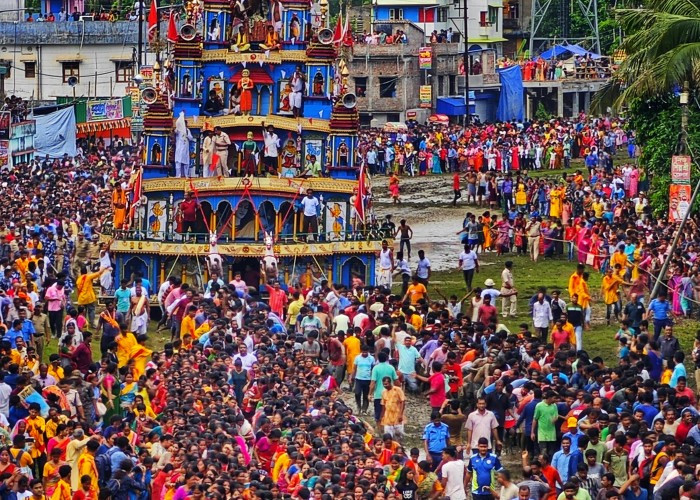
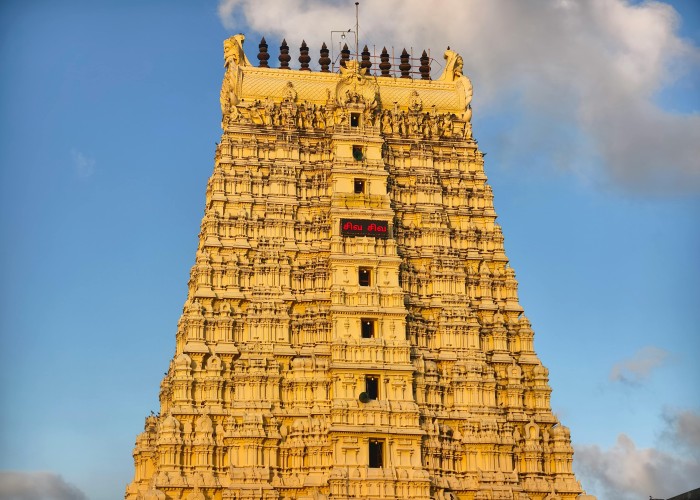
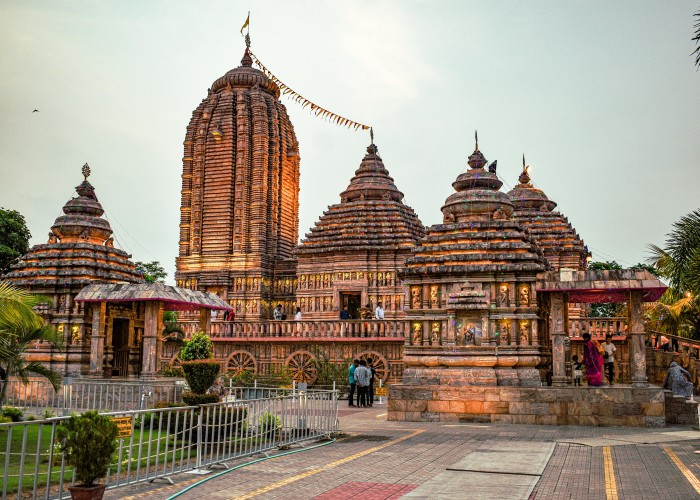
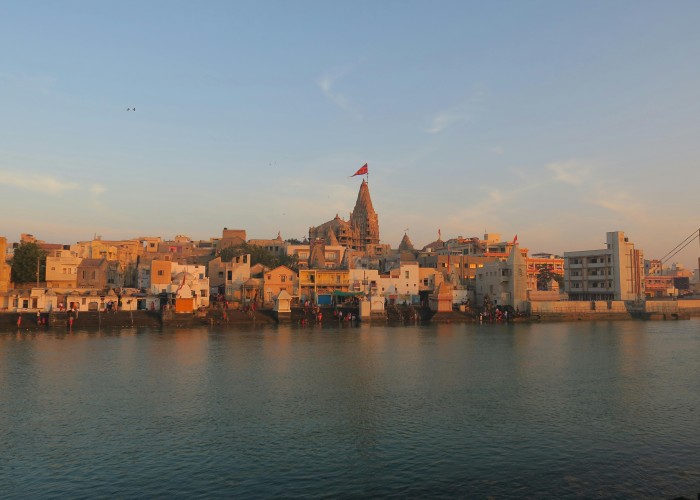
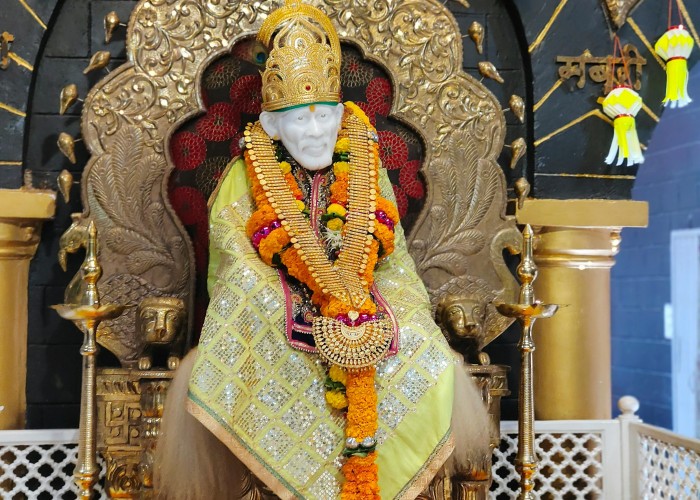
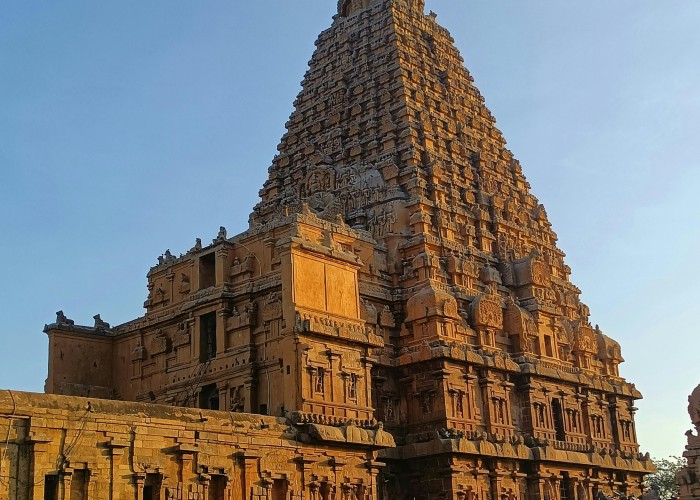
Leave a Reply